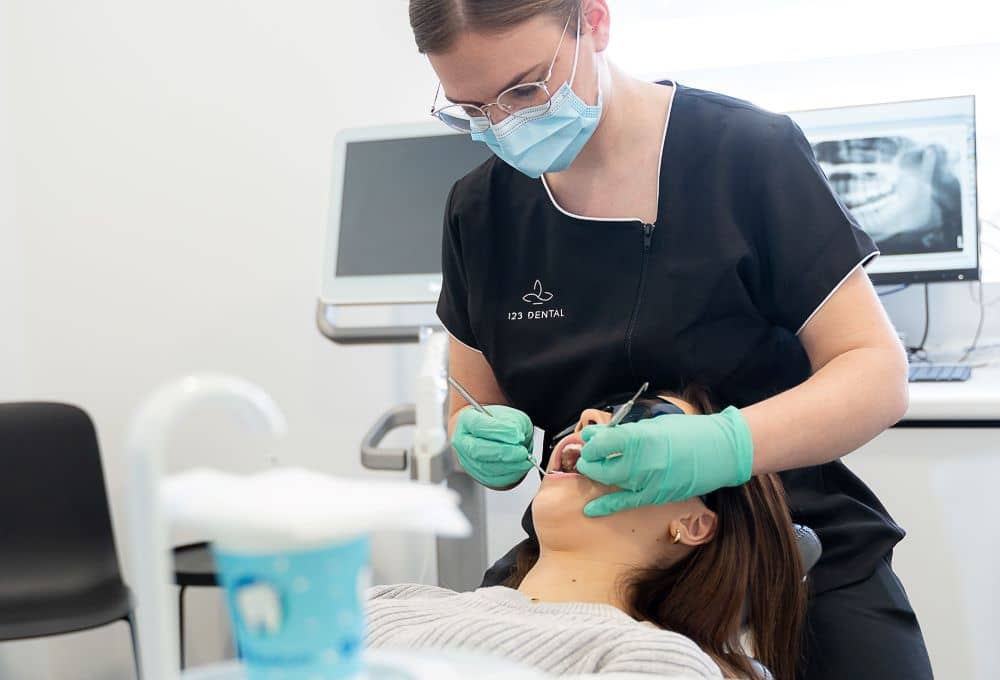Understanding PPO Dental Insurance
Dental insurance is an invaluable tool for maintaining oral health while managing costs. PPO dental insurance in Texas is among the most popular choices among the various plans. Its unique flexibility and cost management blend make it an attractive option for individuals and families. This plan allows you to choose dental care providers while offering significant savings through network affiliations.
What is PPO Dental Insurance?
PPO, or Preferred Provider Organization, dental insurance is structured to offer policyholders flexibility in selecting their dental care providers. Unlike other insurance types requiring you to visit specific providers for coverage, PPO plans generally offer a broader network of dentists while allowing you to choose out-of-network care providers if that fit your needs better. This makes PPO dental insurance particularly advantageous for those wanting to maintain their existing dental relationships or those who prefer having options.
The flexibility of PPO dental insurance does come with some trade-offs, primarily in cost. While you can expect to pay less when visiting an in-network provider due to pre-negotiated reduced rates, you also have the choice to see out-of-network dentists, albeit often at a higher expense. This balanced approach of decreasing costs for in-network care and selecting providers makes PPO plans attractive and beneficial.
How Does PPO Dental Insurance Work?
The functioning of PPO dental insurance revolves around a network of dental professionals who have agreed to provide services at established, reduced rates. When you visit a dentist within this network, the cost savings are more significant, as the insurance company covers a larger portion of the bill. This reduces out-of-pocket expenses for routine services like check-ups, cleanings, x-rays, and more extensive procedures such as fillings or crowns.
In practice, PPO dental insurance in Texas operates much like other states, where enrollees can enjoy significant discounts with network providers while retaining the choice to seek care outside the network. However, opting for out-of-network services typically means incurring higher costs, as the negotiated fee structure of the PPO plan does not bind these dentists. Nonetheless, the convenience and assurance of coverage across various providers continue to make PPO plans a pragmatic choice.
Advantages of PPO Dental Insurance
The primary advantage of PPO dental insurance is flexibility. Policyholders are not limited to a fixed list of dental providers, allowing them to choose practitioners they are comfortable with or who might offer specialized services. This is particularly beneficial for families needing to address diverse dental health needs across members, ensuring everyone receives personalized care.
Moreover, by using in-network dentists, policyholders can capitalize on reduced rates and maximize their plan’s benefits. This network flexibility helps control dental care expenses, promoting regular visits and preventive care without financial strain.
In addition, PPO plans are typically easier to navigate than alternatives like HMOs, which tend to limit choice more strictly. Less red tape is often involved, making it straightforward for members seeking treatment, as they don’t need to select a primary dentist or obtain referrals for specialist visits.
Cost Considerations
When evaluating PPO dental insurance, understanding out-of-pocket costs is crucial. Although in-network provider visits cost less, the insured must consider premiums, deductibles, and co-pays. These costs contribute to the overall financial outlay for dental care and can affect whether a PPO plan fits.
Deductibles are a common component of PPO plans, meaning you’ll pay a set amount out-of-pocket before benefits like routine cleanings and exams are covered more comprehensively. Comparing these potential expenses against anticipated dental care needs can offer a clearer picture of how the financial aspects of a PPO dental insurance plan would balance out over the year.
Other financial considerations include annual limits, which cap the total benefit the insurance company will provide within a year. Choosing an in-network provider is often the best choice financially, as there won’t be a high discrepancy between actual and reimbursed fees, leading to more predictable cost management.
Making the Most of Your PPO Plan
Being informed and proactive is critical to fully leveraging a PPO plan’s advantages. Start by familiarizing yourself with the providers within the network. This helps identify notable services offered and ensures care continuity when switching from an existing non-network dentist.
Schedule regular dental visits, optimize your in-network benefits, and stay informed on any preventive services that come at no cost. Routine cleanings and examinations are usually covered with minimal or no co-pay when utilizing services within the network, hence boosting the value extracted from your plan.
Additionally, discussing potential procedures and costs with your dentist beforehand ensures no surprises. Dentists commonly know what a PPO plan might involve, helping you plan expenses effectively with long-term dental health goals.
Conclusion
PPO dental insurance offers a valuable balance of flexibility and cost containment, appealing to a wide range of individuals and families desiring both variety and predictability in their dental care options. By understanding its mechanics and utilizing the network effectively, policyholders can enjoy comprehensive oral health care while keeping expenses in check.
The keys to maximizing PPO dental insurance lie in informed network use and regular engagements with preventive care. Doing so maintains oral health and ensures financial effectiveness, making these plans a versatile solution for many. Whether aiming to strengthen existing dental relationships or seek diverse service availability, PPO dental insurance provides a positive way forward in pursuing optimal dental care.
Read more: Vents Discover!





